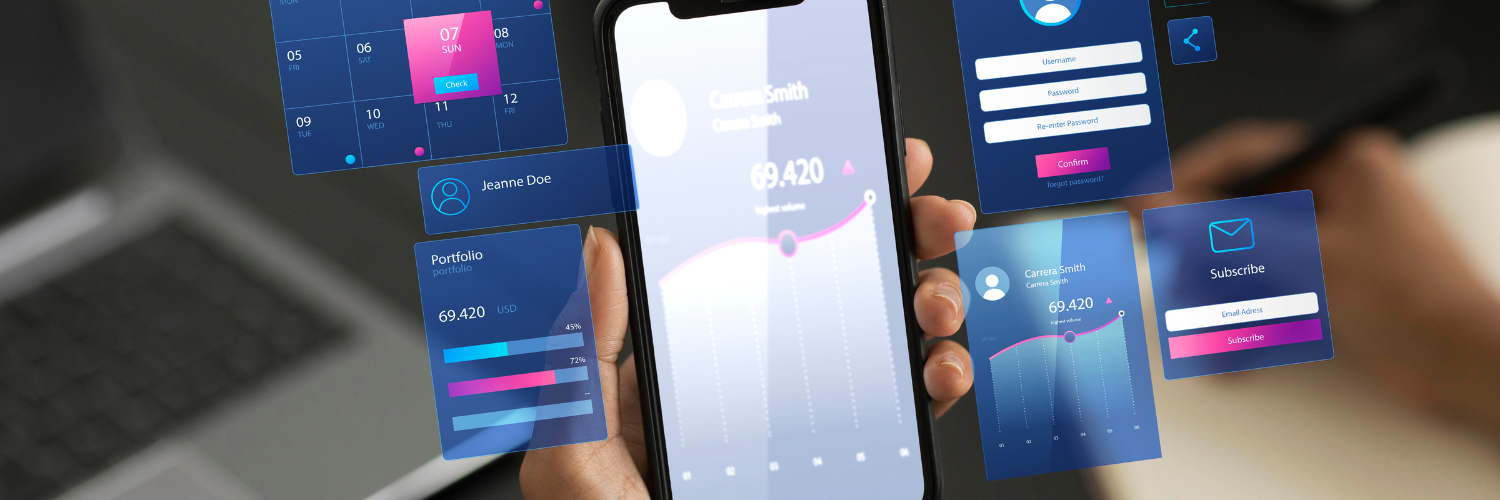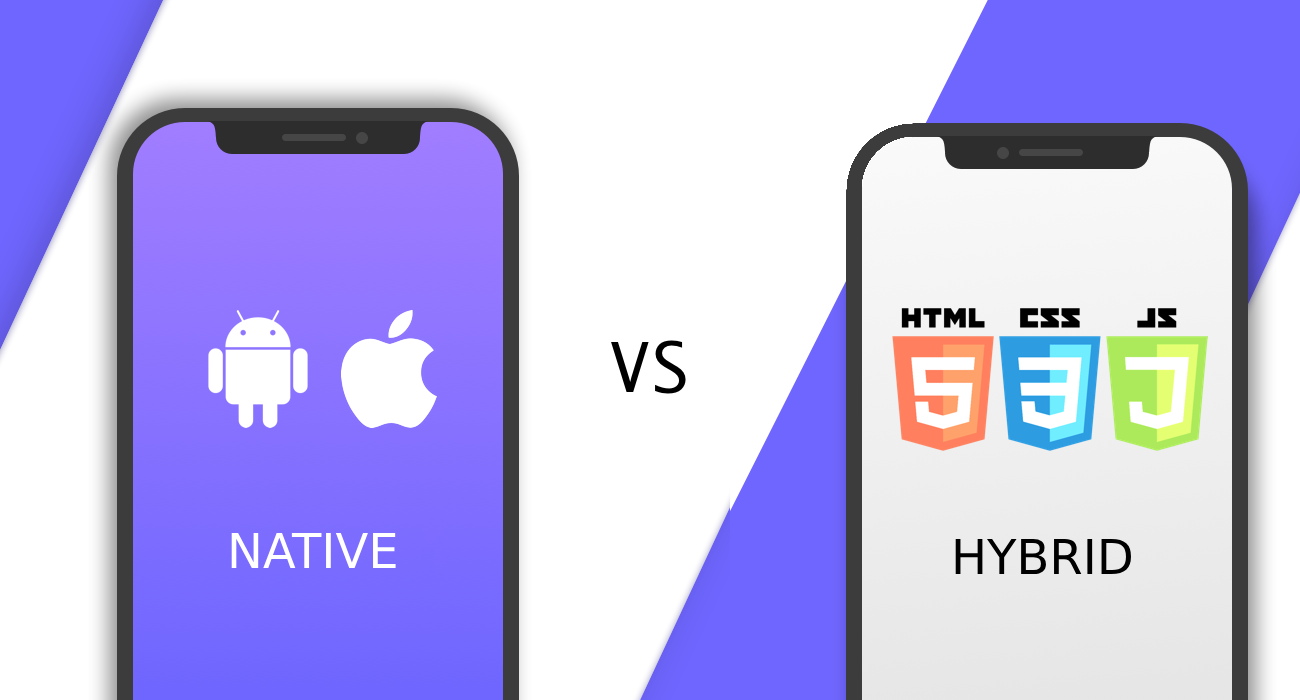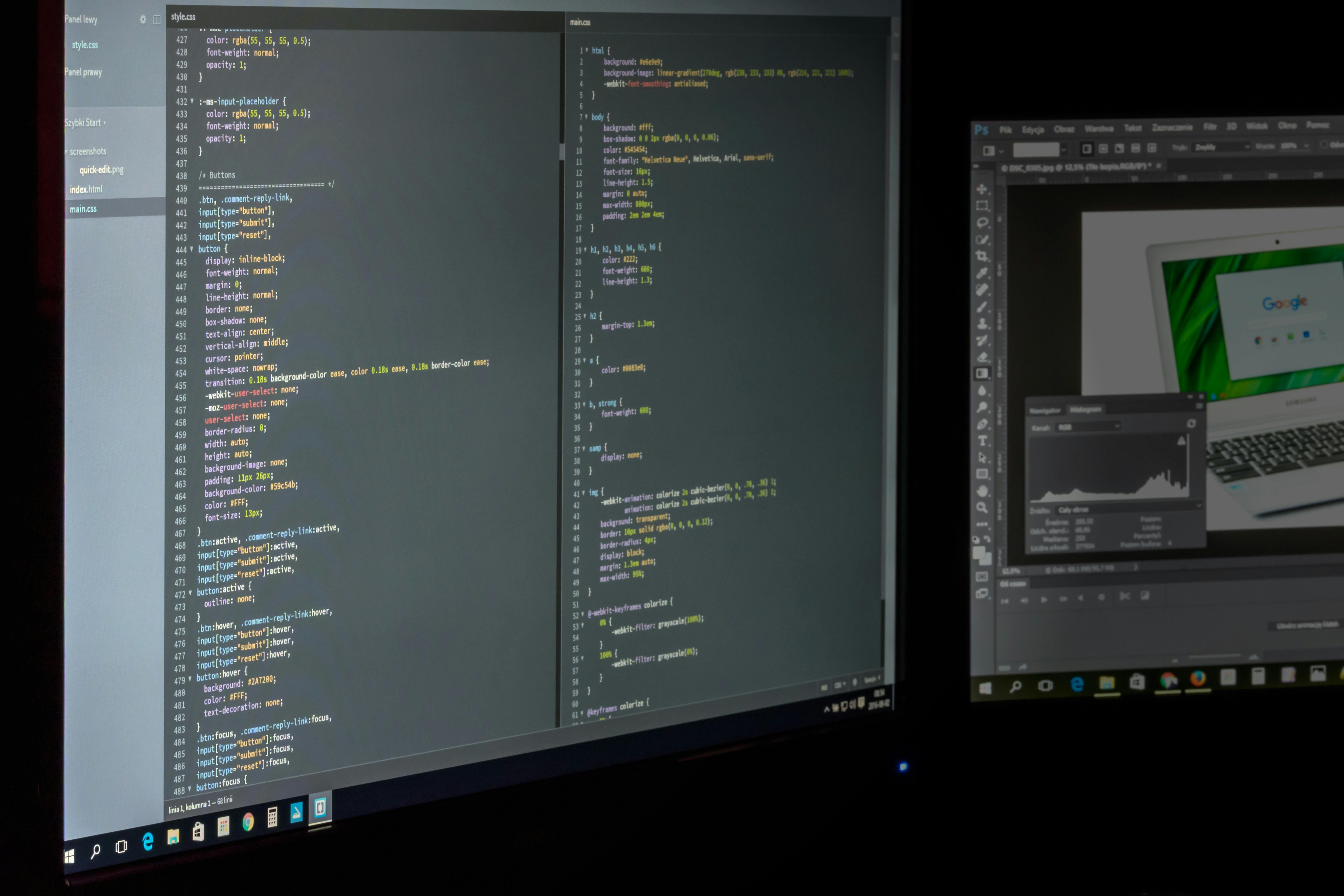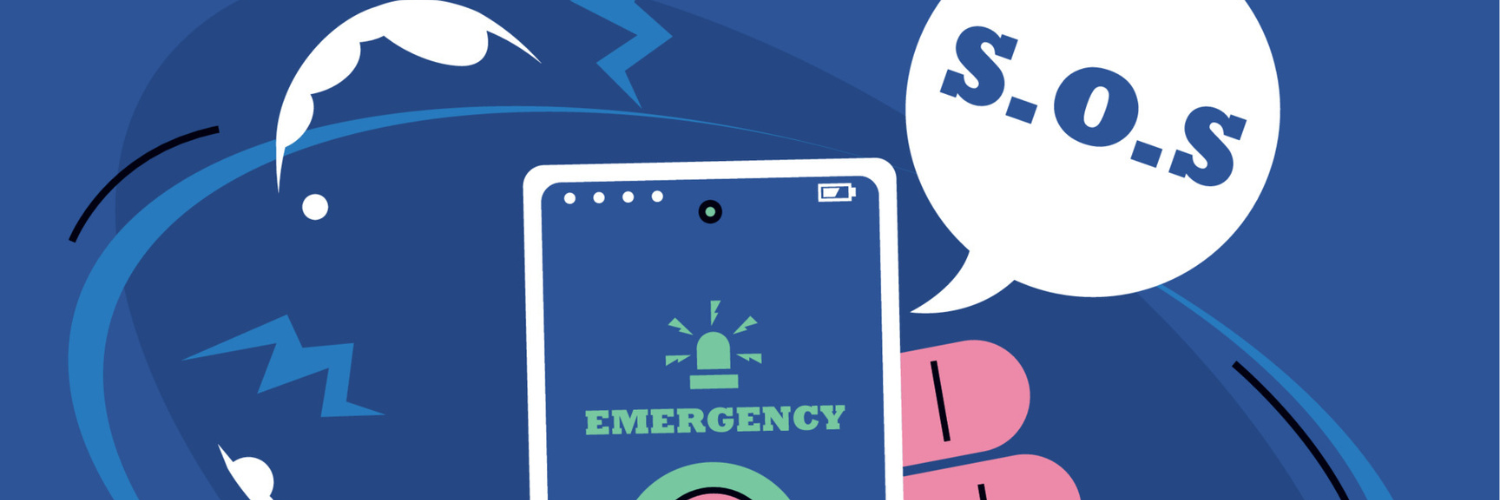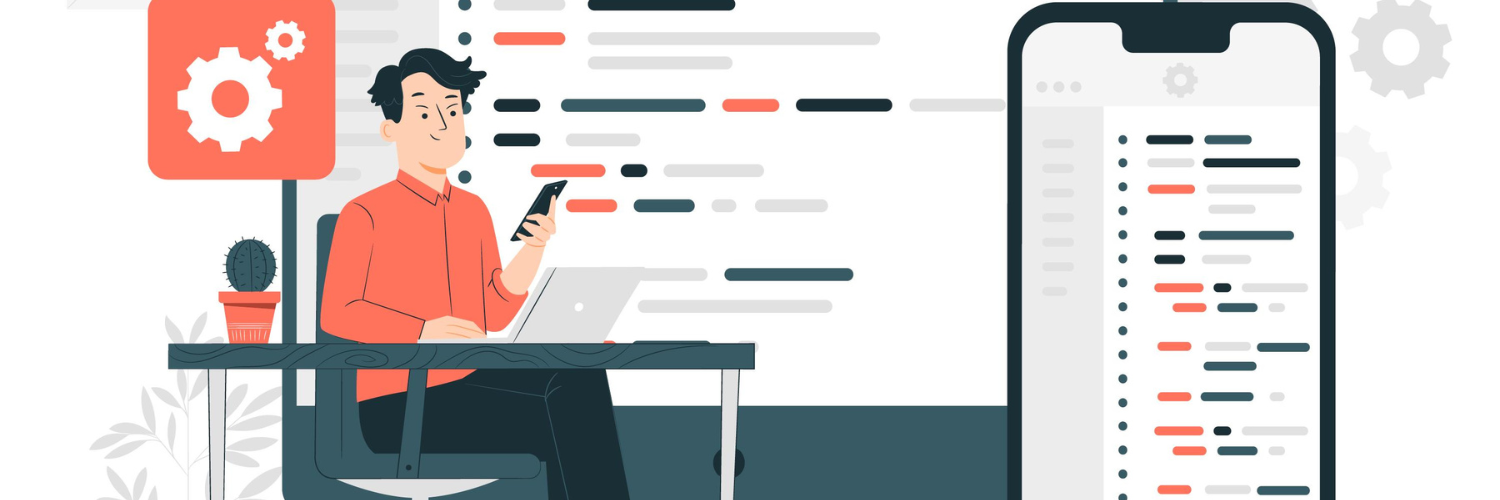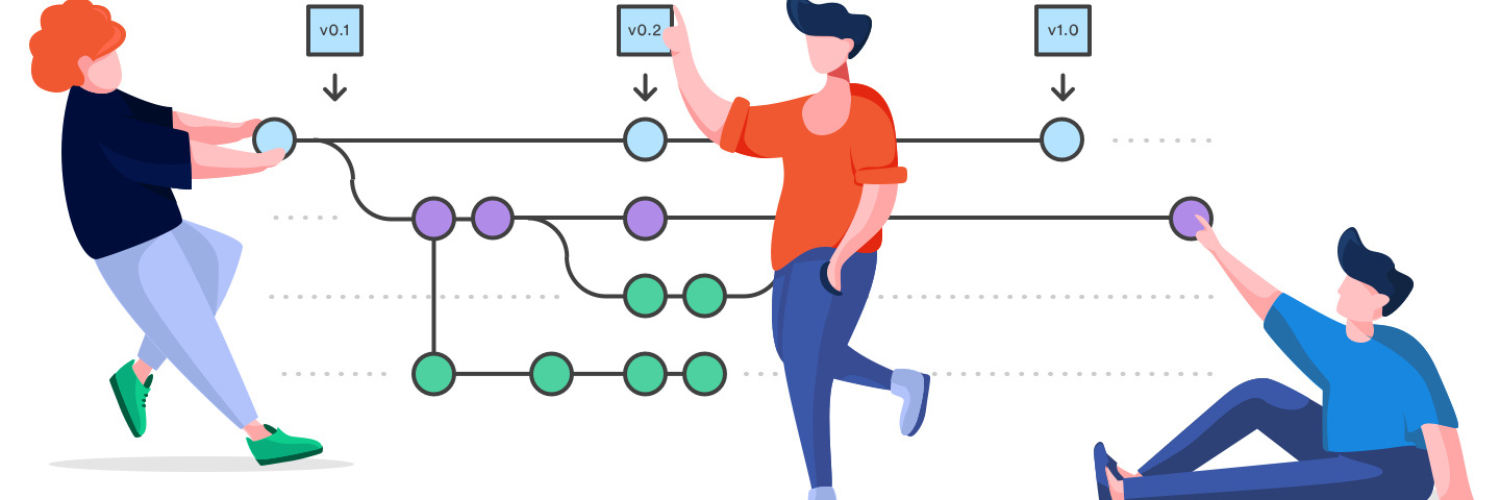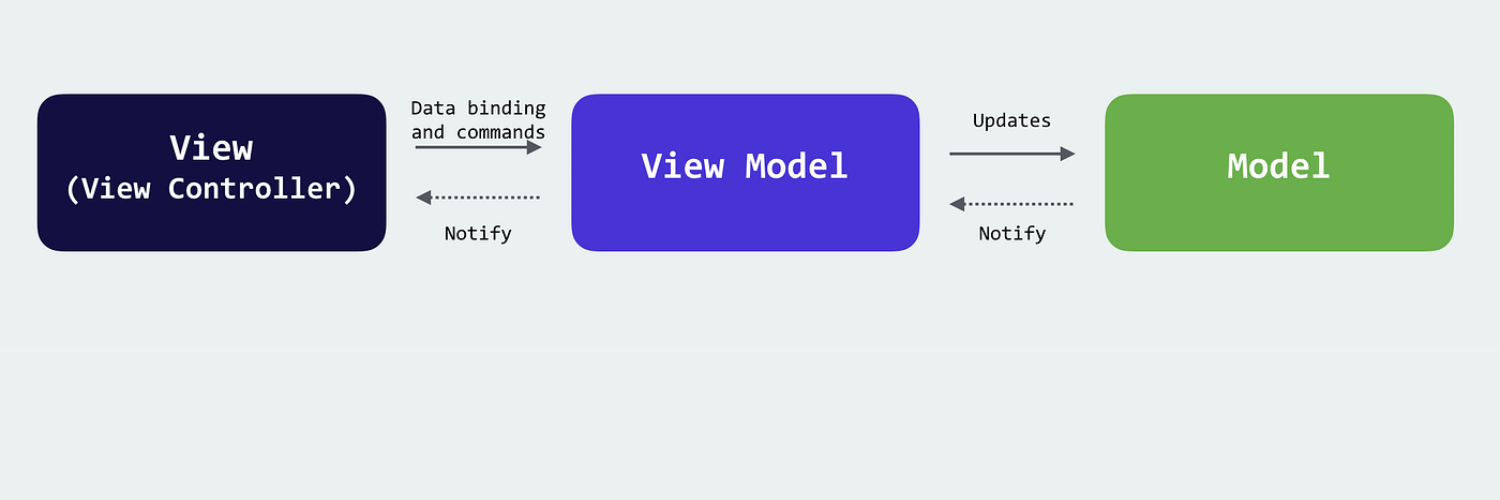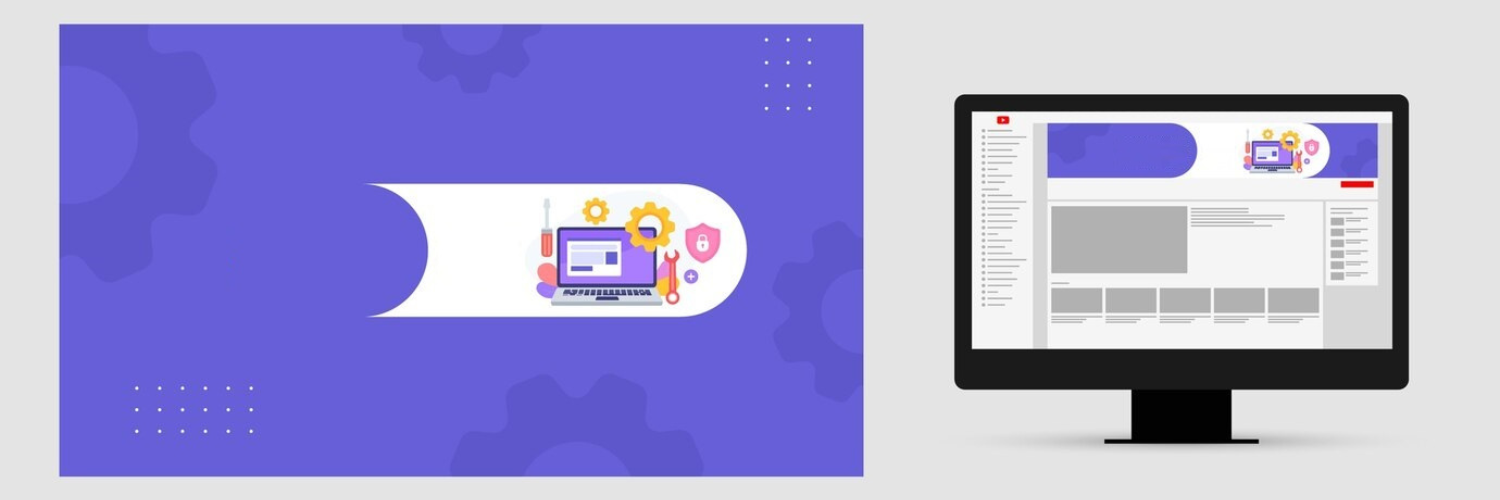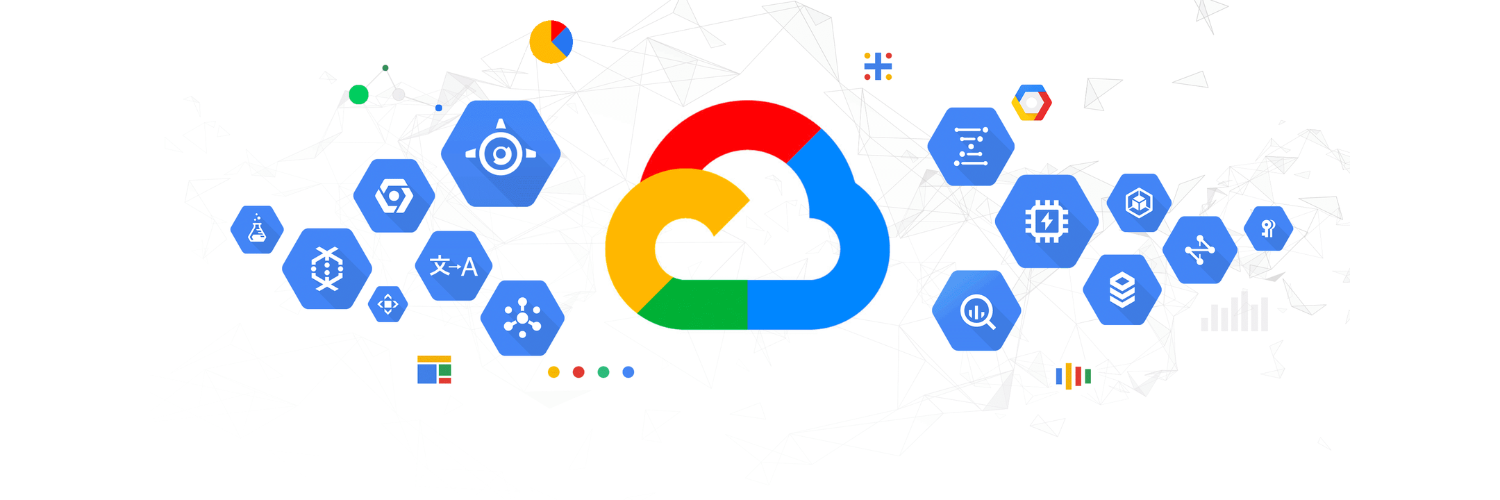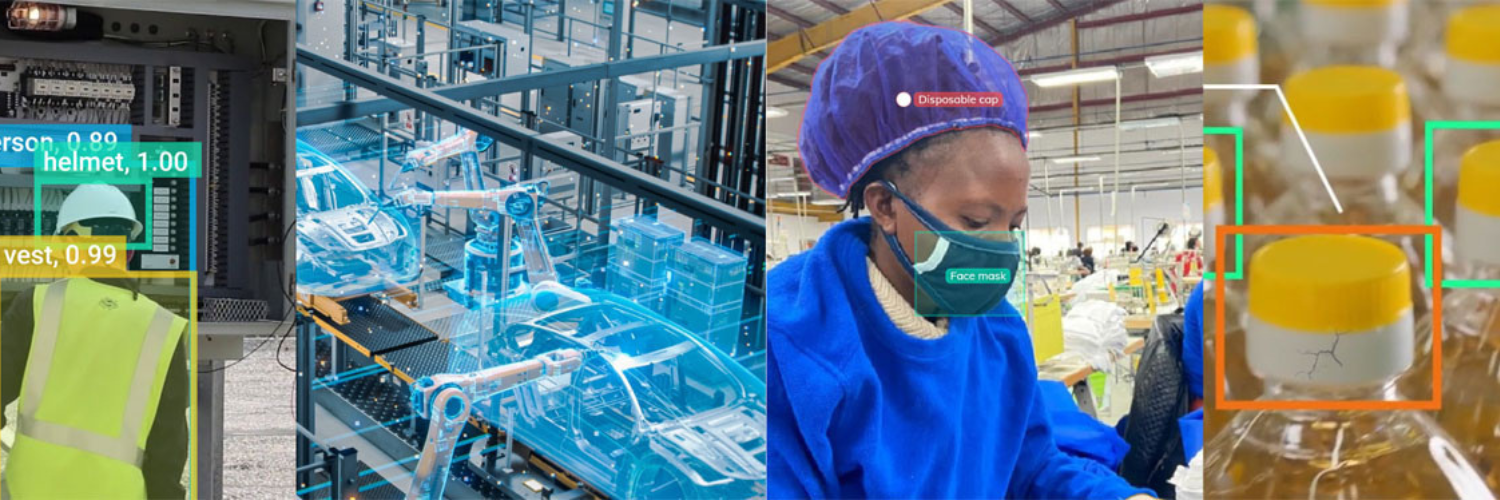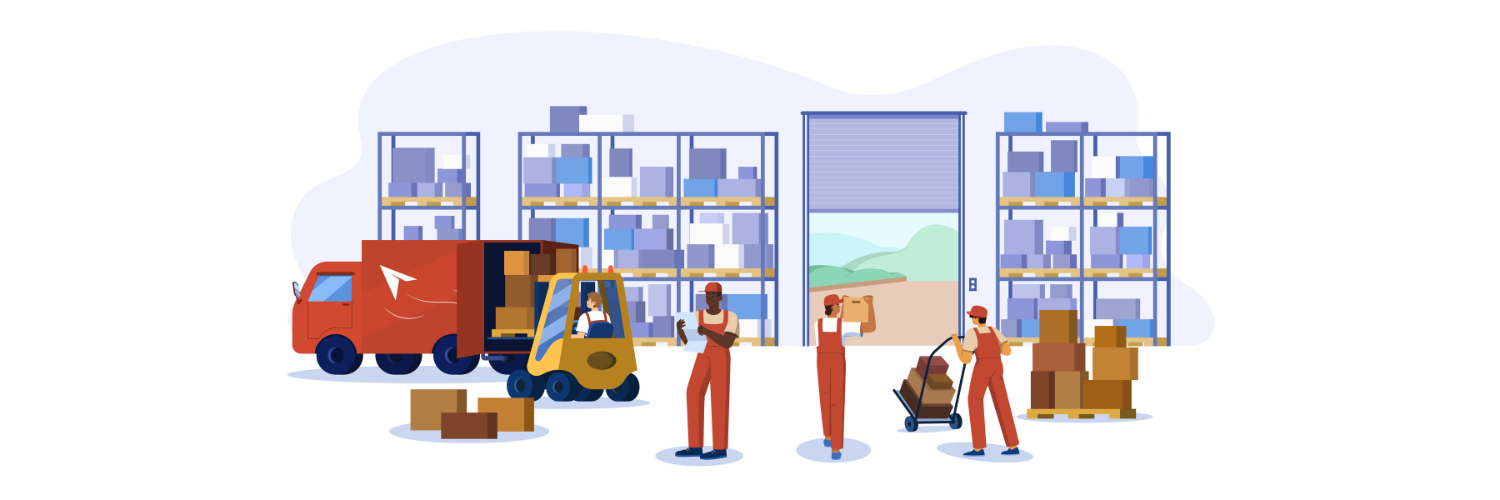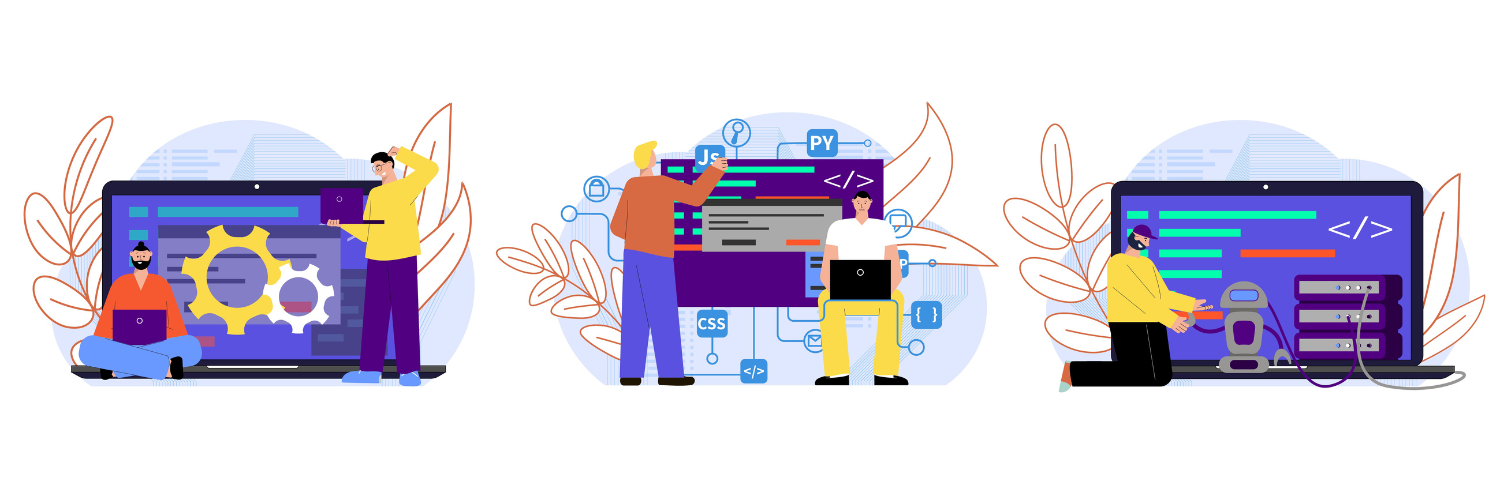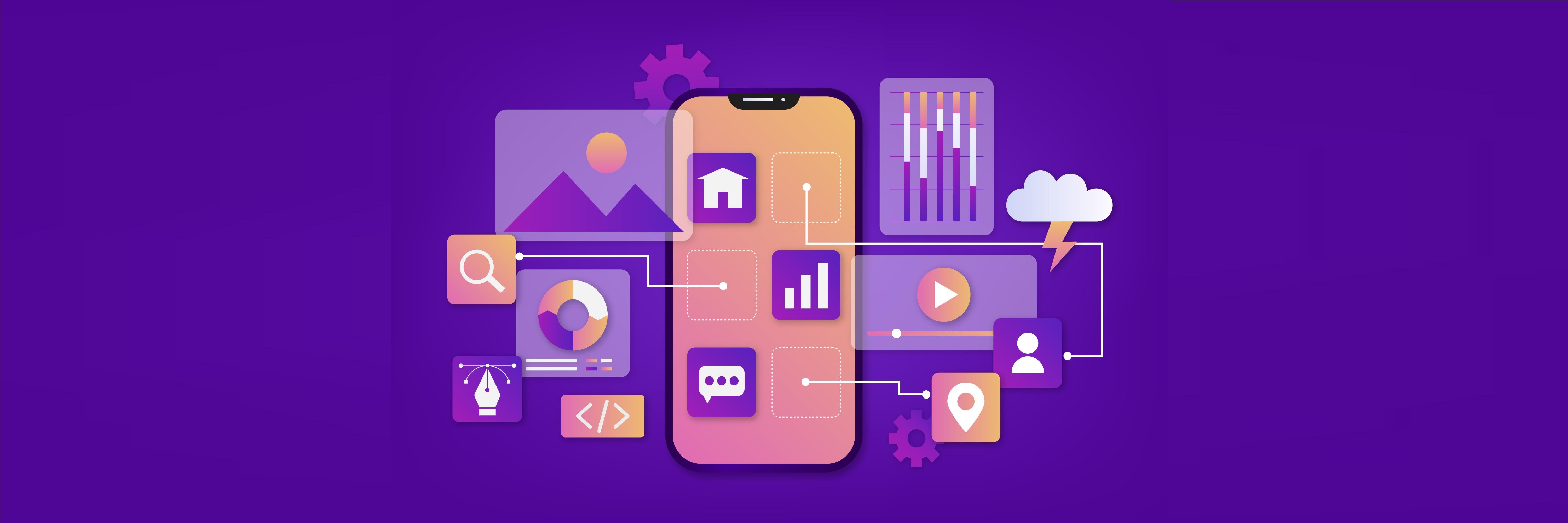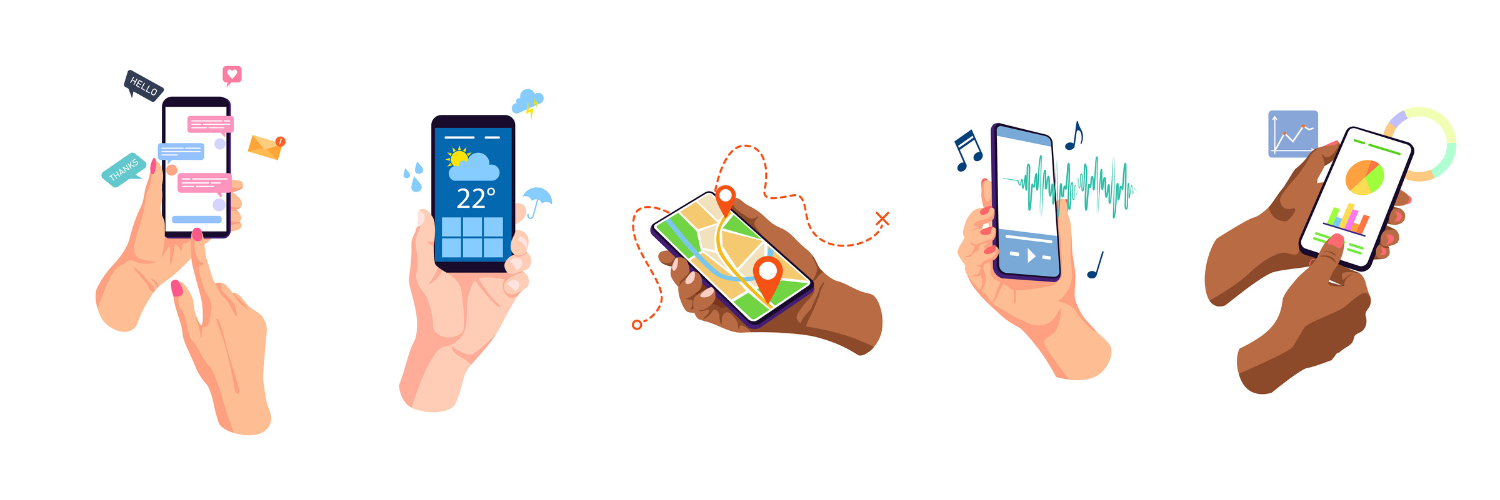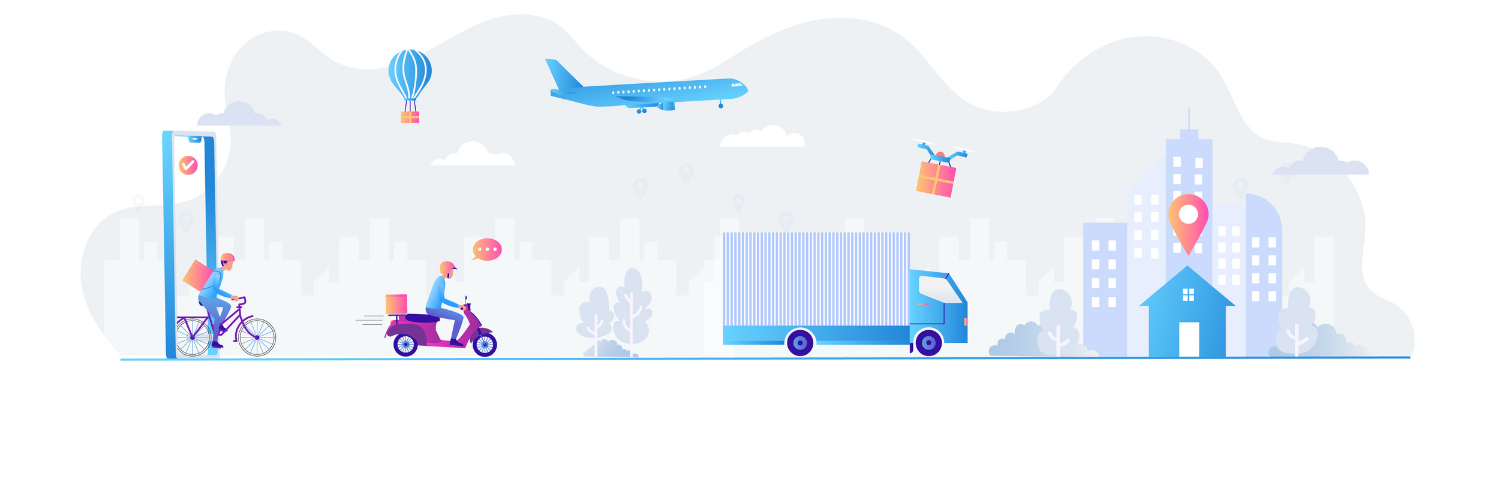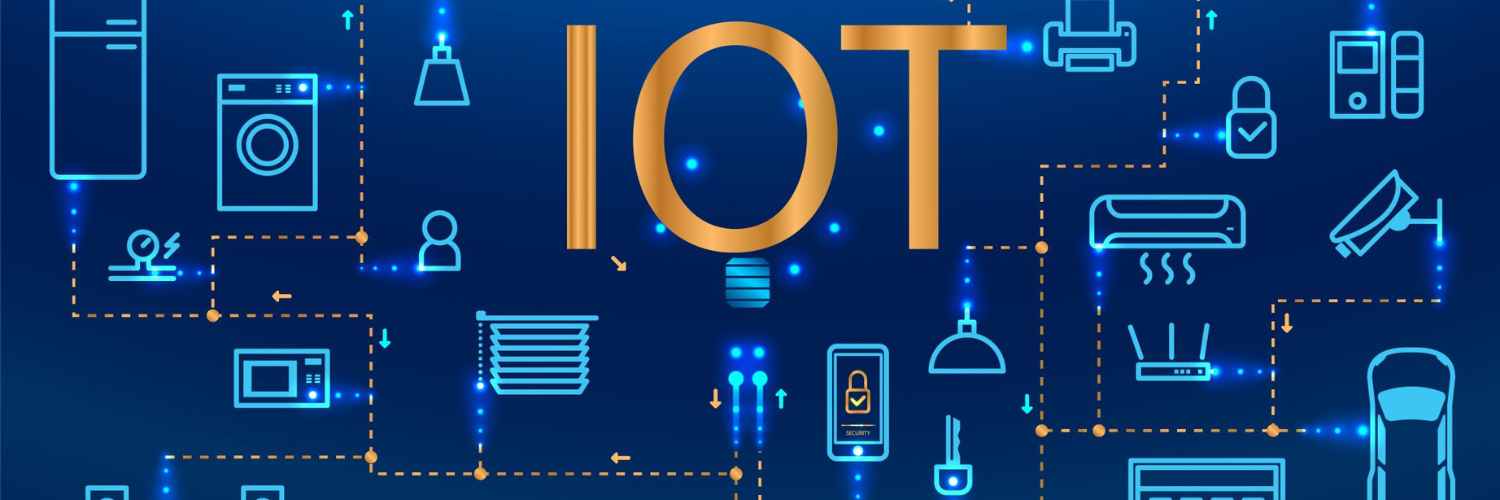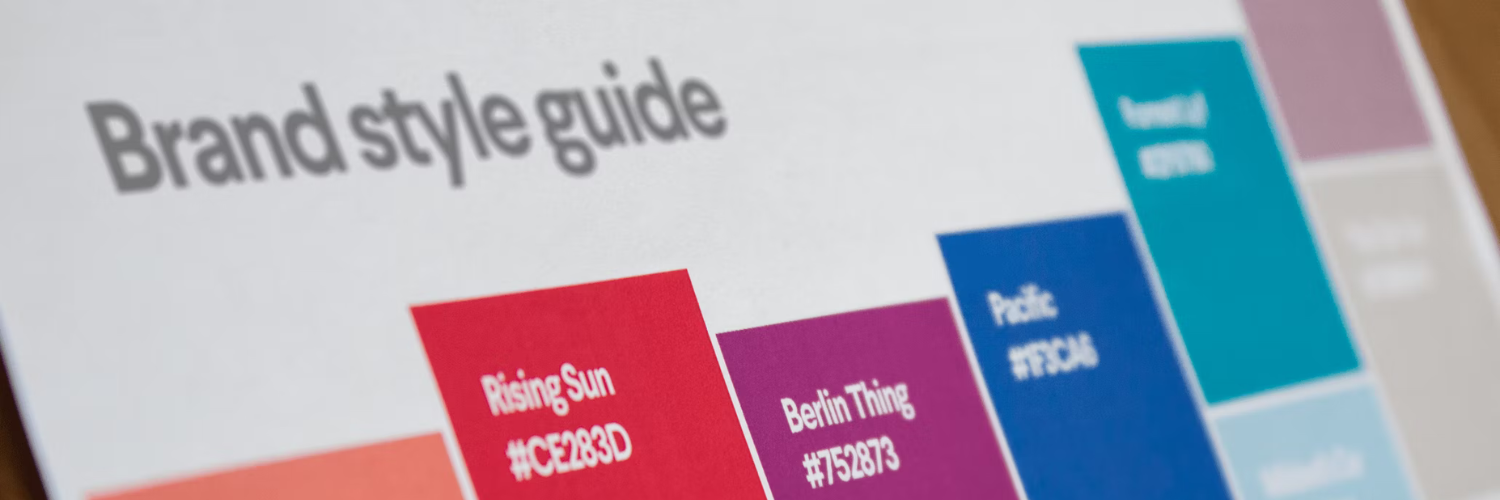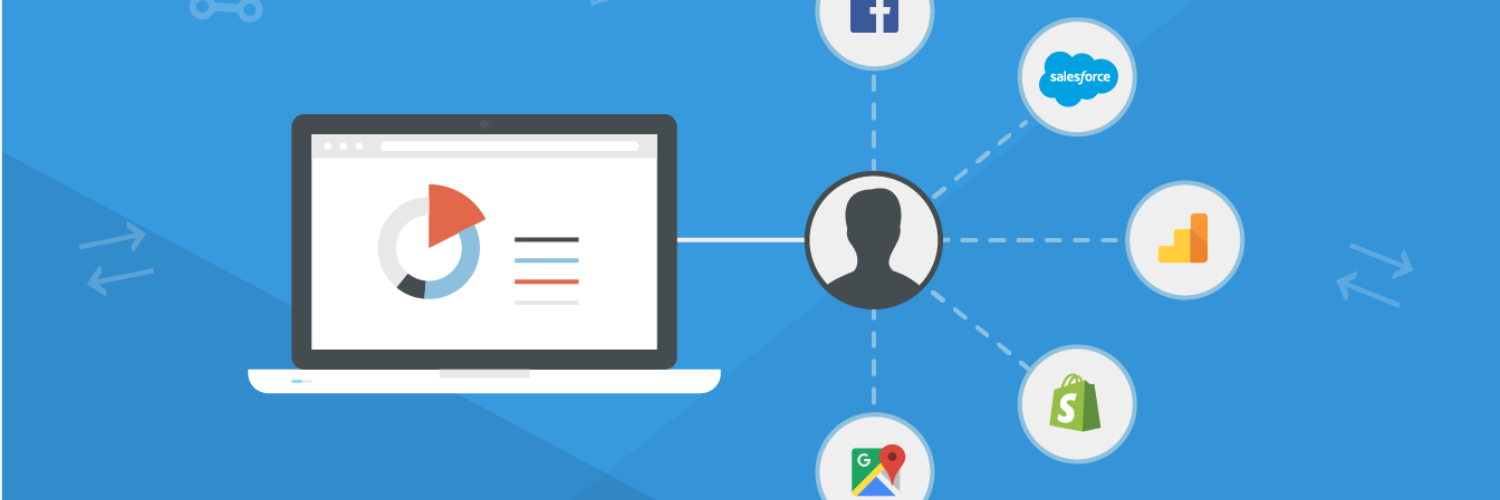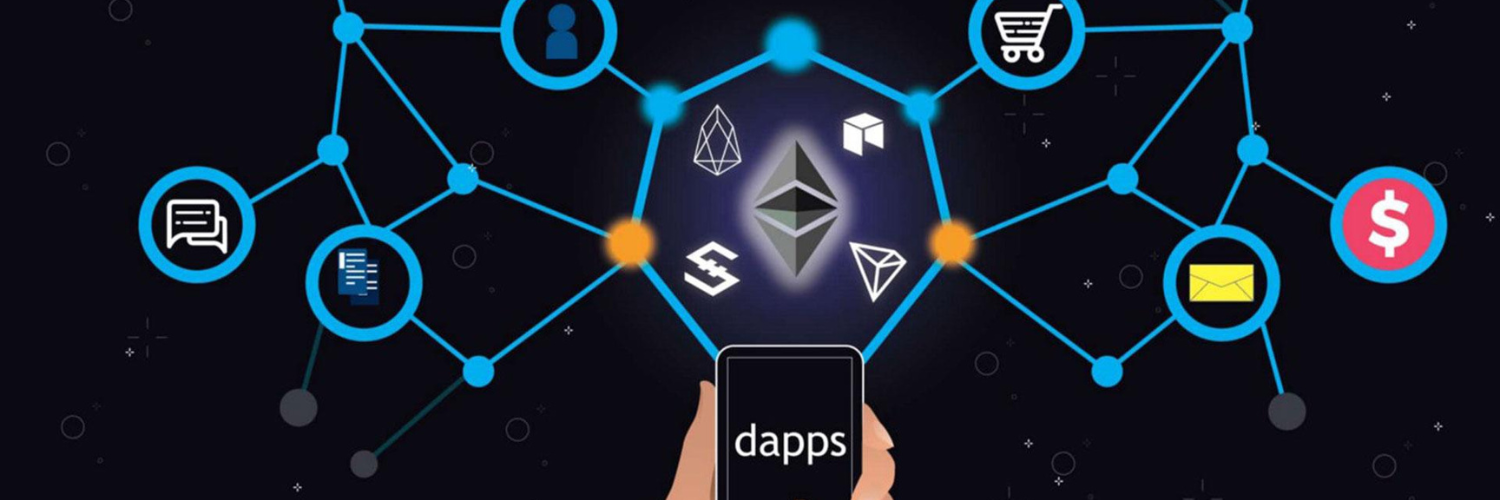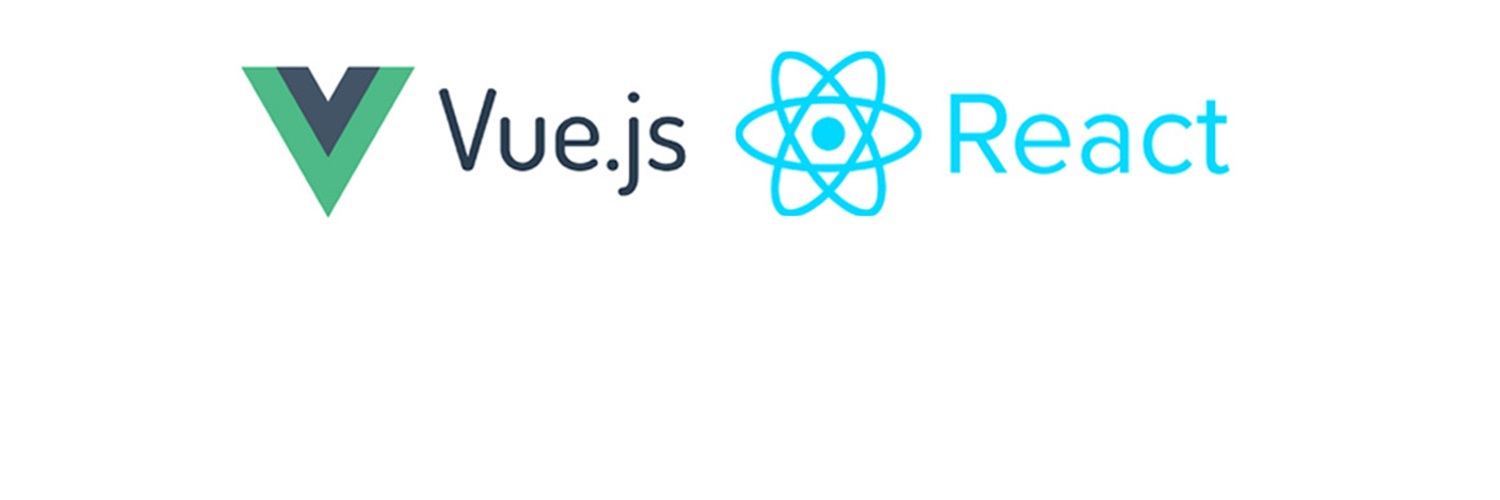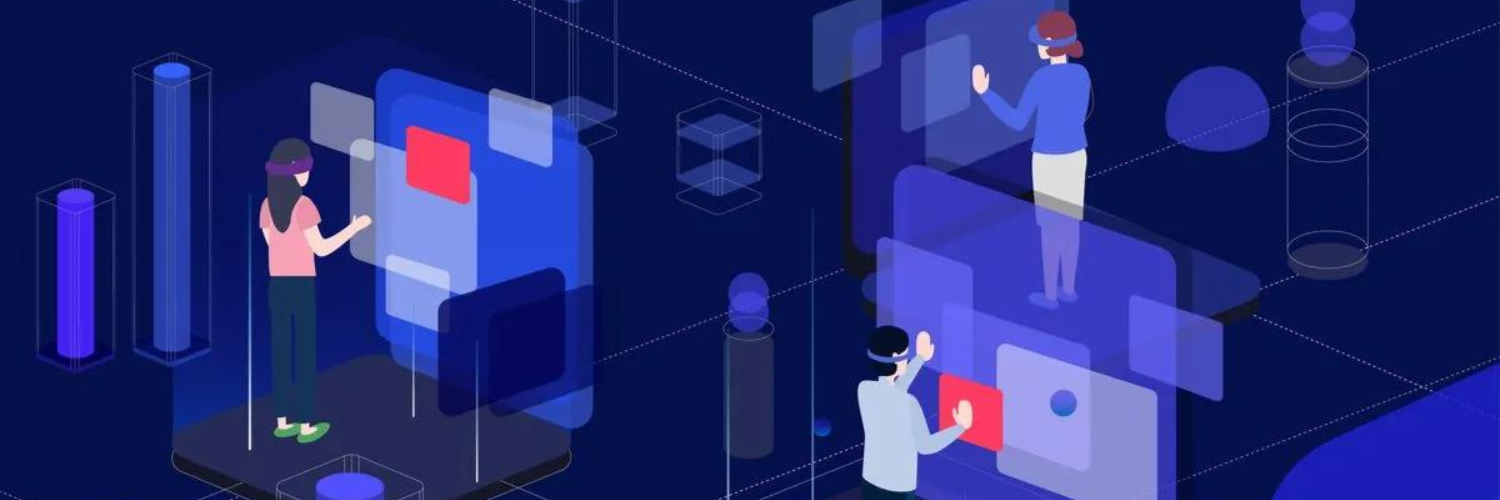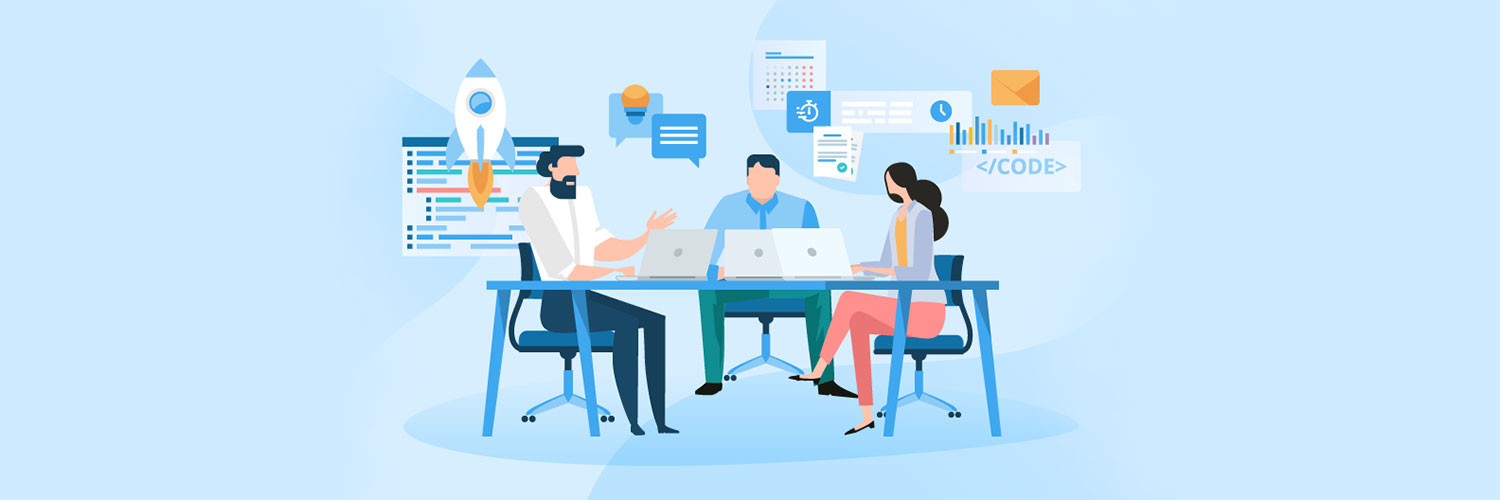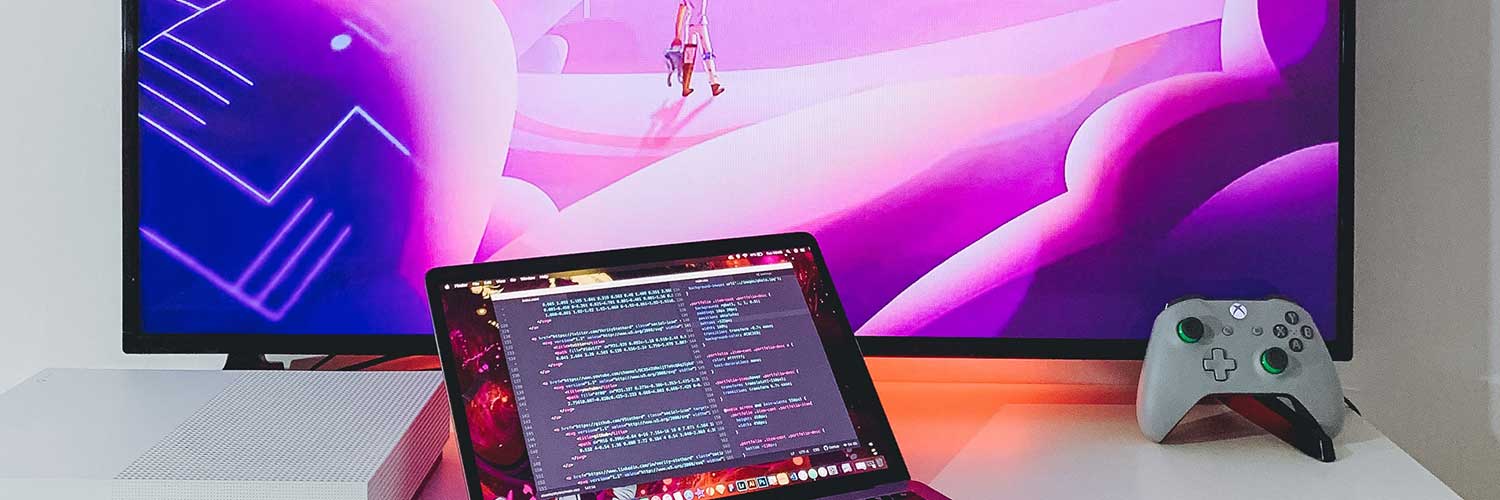Hey, I’m Kevin from UTL—thanks for being here.
If you’re reading this, you’ve probably already made a key decision most never do: You’re not just building an app. You’re building leverage.
And that’s where the real question starts:
Should I build a native app or a hybrid one?
It’s the question we get on nearly every discovery call. And the truth is: there’s no one-size-fits-all answer. But there is your answer—and we’re going to find it today.
First: What Even Is the Difference?
Let’s cut the jargon and talk like humans.
Native Apps
Native apps are built specifically for a platform. iOS gets Swift or Objective-C. Android gets Java or Kotlin. Each one has its own codebase. Its own update pipeline. Its own quirks.
But here’s what you get in return:
- Speed that feels like magic
- Instant access to every sensor and hardware function
- Seamless offline performance
- The polish that users subconsciously associate with quality
If you’ve ever used Apple Health syncing with your Apple Watch or a mobile game that just works—you’ve seen native apps in action.
Hybrid Apps
Hybrid apps are like a Rosetta Stone: one codebase that translates into both iOS and Android.
At UTL, we use Flutter, a framework by Google that lets us build beautiful, performant apps for both platforms at once. Think:
- Build faster
- Launch faster
- Spend less
- Maintain more easily
And here’s the kicker:
With today’s tools and native plugins, most users won’t even know the difference. Hybrid apps can still:
- Use the camera, GPS, Bluetooth
- Integrate with ChatGPT-4o or any external API
- Talk to IoT devices and smartwatches
- Look and feel like a native app (if done well)
So Which One’s Right for Me?
Let’s break this down with brutal honesty.
You should go HYBRID if:
- You’re launching an MVP and need speed to market
- You’re testing a new feature or business model
- Your app is content- or interaction-based, not processor-heavy
- You need iOS and Android coverage fast
- You want to iterate quickly based on user feedback
- Your app is a tool, a portal, a community—not a live sensor grid
Examples:
- Customer loyalty app for a café chain
- Booking and support app for your D2C brand
- Internal dashboards or field team trackers
- A wellness challenge app with push notifications and camera check-ins
You should go NATIVE if:
- You need real-time sync with wearables or medical devices
- Your app must run background tasks throughout the day
- You're building a high-performance game or AR experience
- Security, latency, or data access speed is non-negotiable
- You want the absolute maximum out of the platform
Examples:
- A smart fitness tracker syncing with heart rate monitors
- A music app needing tight integration with device audio controls
- A field-service app that must stay connected in rural zones
- Anything that lives on the edge of software and hardware
Hybrid Isn’t a Compromise—If You Work With the Right Team
This is where most founders get it wrong.
They think:
"Hybrid means low quality."
But quality isn’t in the codebase—it’s in the execution.
At UTL, our Flutter team doesn’t just write code.
- They optimize UI threads.
- They build native bridges to handle custom hardware.
- They architect around your roadmap, not just the launch screen.
That’s why even our hybrid builds have:
- Native-feel transitions
- Deep API integrations
- App Store + Play Store compliance
- Maintainability built in
The Bigger Question Isn’t What to Build.
It’s Why.
Before you write a line of code, you need clarity on:
- What’s your north star metric?
- Who’s your early adopter?
- How will your app evolve across 6 months, 1 year, 3 years?
- Are you building a product—or a business?
Because that’s what guides the tech stack. Not trends. Not Twitter threads. Not what your cousin’s roommate built last year.
What We Do at UTL
We don’t just code.
- We help you validate demand before you invest.
- We give you the data to decide between MVP and MSP.
- We run performance marketing to get your first 1000 users.
- And when it’s time, we scale your backend, refactor your code, and help you raise money the smart way.
With over 150 full-time developers across native, hybrid, and backend systems—plus product leads, growth strategists, and QA engineers—we don’t have a bias. We have a process. And that process leads to apps that perform, scale, and convert.
Final Thought: Build What Moves the Needle
Whether you go native or hybrid, what matters most is: you build the thing that gets you traction.
If that means hybrid to learn fast and pivot—great. If that means native to deliver uncompromising value—perfect.
At UTL, we help you make the right choice, not the easy one.
Book your free discovery call today.
Bring your questions, your vision, or just a napkin sketch.
We’ll help you walk out with clarity, confidence, and a build path that works.
Catch you on the call, – Kevin, from UTL
WRITTEN BY
Kevin Verberk
2025-07-08

